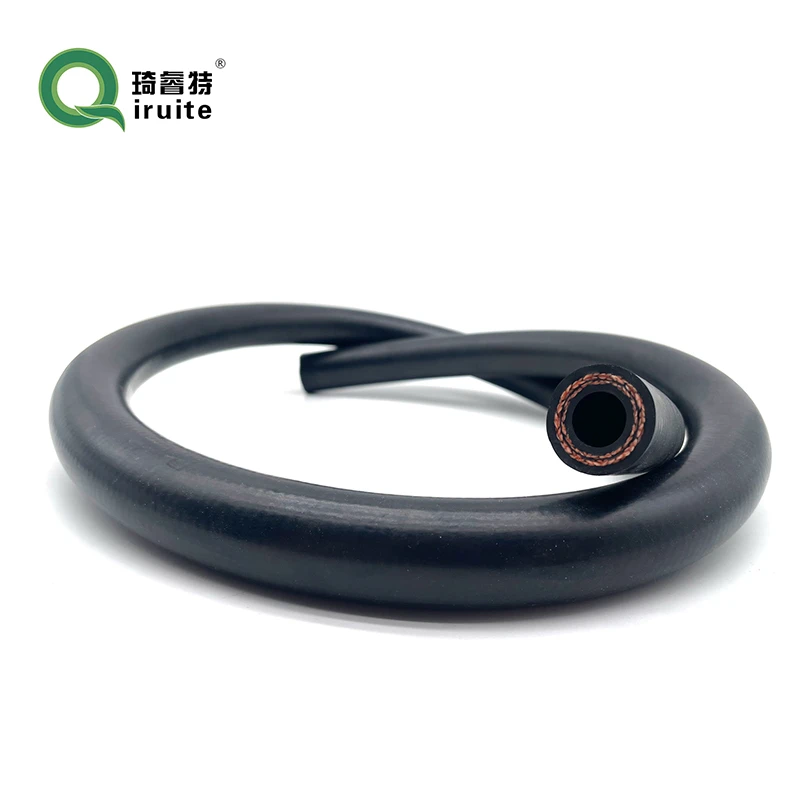Understanding Power Steering Hoses and Their Importance in Vehicle Performance
Understanding Power Steering Hoses A Key Component in Automotive Steering Systems
Power steering is a vital component in modern vehicles, providing drivers with a smoother and more manageable steering experience. This system uses hydraulic pressure to assist in steering the vehicle, making it easier to turn the steering wheel, especially at low speeds. One of the critical components of the power steering system is the power steering hose. Understanding the function, types, maintenance, and potential issues associated with power steering hoses is essential for vehicle owners and automotive enthusiasts alike.
What Are Power Steering Hoses?
Power steering hoses are specialized tubes that transport hydraulic fluid between the power steering pump and the steering gear or rack. These hoses are designed to withstand high pressure generated by the hydraulic system and are made from materials that can endure fluctuations in temperature and exposure to various automotive fluids. Typically, there are two main types of hoses in a power steering system the high-pressure hose and the return hose.
1. High-Pressure Hose This hose carries the pressurized hydraulic fluid from the power steering pump to the steering gear. It is constructed to withstand significant pressure, often reaching up to 1,500 psi or more, and is reinforced to prevent bursting.
2. Return Hose After the fluid has been used in the steering mechanism, it returns to the pump through the return hose. This hose operates at a lower pressure and is designed to handle less stress compared to the high-pressure counterpart.
Importance of Power Steering Hoses
Power steering hoses play a crucial role in the overall functionality of the power steering system. They ensure the proper flow of hydraulic fluid, which is essential for the system to provide the needed assistance while steering. Without these hoses, the power steering system would be unable to function, making it extremely difficult for drivers to maneuver their vehicles.
Common Issues with Power Steering Hoses
Like any automotive component, power steering hoses can experience wear and tear over time. Some of the common issues associated with power steering hoses include
power steering hoses

- Leaks Over time, hoses can develop cracks or become brittle, leading to hydraulic fluid leaks. This can result in reduced steering performance and may cause more significant damage to the power steering system if not addressed promptly.
- Damage from Heat and Friction Hoses can be exposed to extreme temperatures and friction, especially in engines where they are located close to heat sources. Prolonged exposure can weaken the material and lead to failure.
- Improper Installation If hoses are not installed correctly, they can rub against other components, leading to damage and leaks. It is essential for hoses to be properly secured and routed in a way that minimizes the risk of contact with other parts.
Maintenance Tips
To ensure the longevity and functionality of power steering hoses, regular maintenance is crucial. Here are some tips for vehicle owners
- Regular Inspections Check the power steering hoses periodically for signs of wear, such as cracking or leaks. Early detection can prevent more severe issues later.
- Fluid Checks Monitor the power steering fluid levels and replace the fluid as recommended by the vehicle manufacturer. Low fluid levels can intensify wear on hoses and other power steering components.
- Professional Assistance If you notice any issues with steering performance or see signs of leaks, it is wise to consult a certified mechanic. They can perform a thorough inspection and recommend replacements if necessary.
Conclusion
Power steering hoses are essential components of the hydraulic steering system, providing the necessary pressure to assist drivers in steering their vehicles effectively. By understanding their purpose, recognizing potential issues, and performing regular maintenance, vehicle owners can ensure their power steering systems remain in excellent working condition. Investing time in the care of these hoses can lead to a safer and more enjoyable driving experience.
-
Ultimate Spiral Protection for Hoses & CablesNewsJun.26,2025
-
The Ultimate Quick-Connect Solutions for Every NeedNewsJun.26,2025
-
SAE J1401 Brake Hose: Reliable Choice for Safe BrakingNewsJun.26,2025
-
Reliable J2064 A/C Hoses for Real-World Cooling NeedsNewsJun.26,2025
-
Heavy-Duty Sewer Jetting Hoses Built to LastNewsJun.26,2025
-
Fix Power Steering Tube Leaks Fast – Durable & Affordable SolutionNewsJun.26,2025

